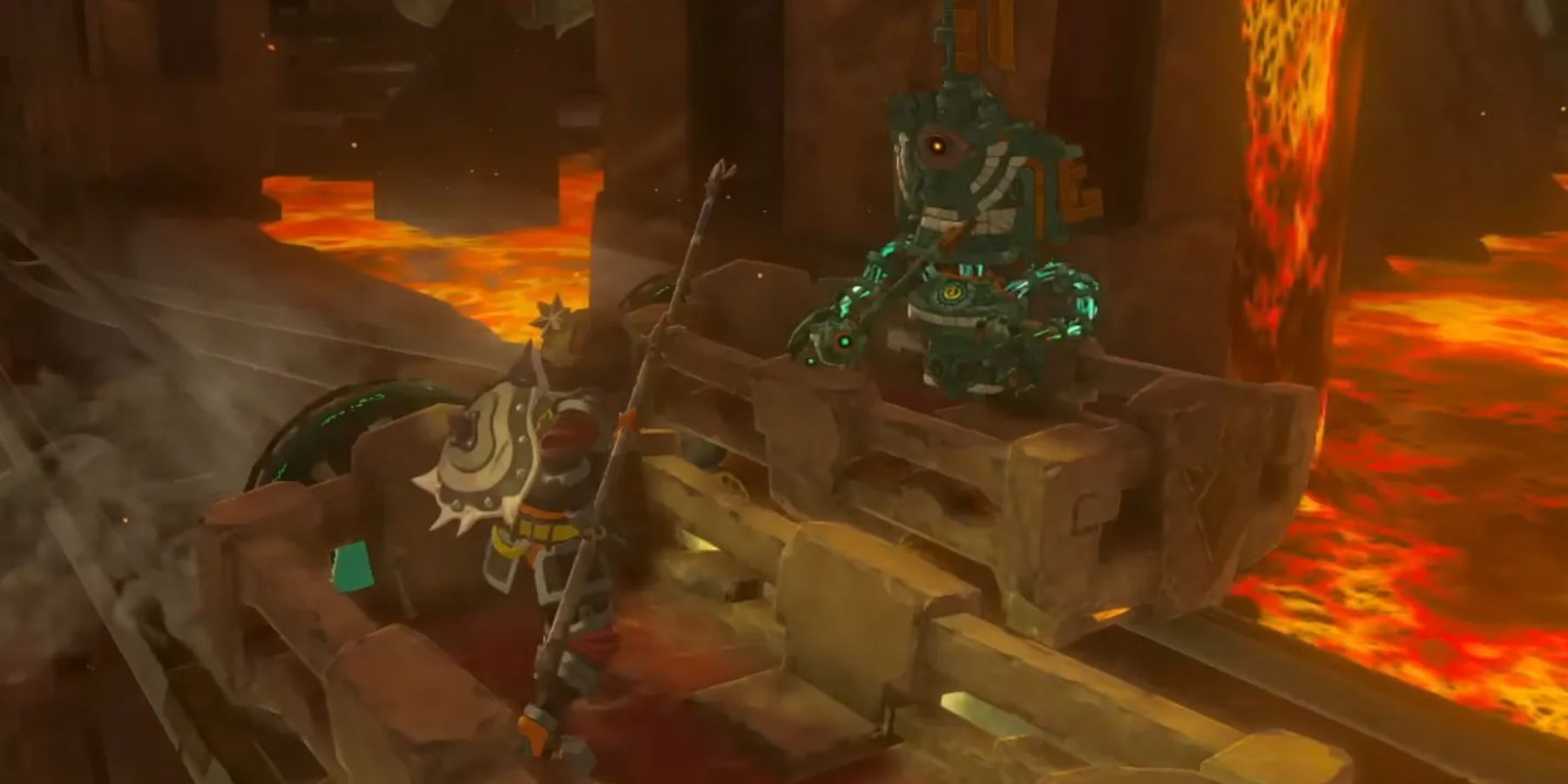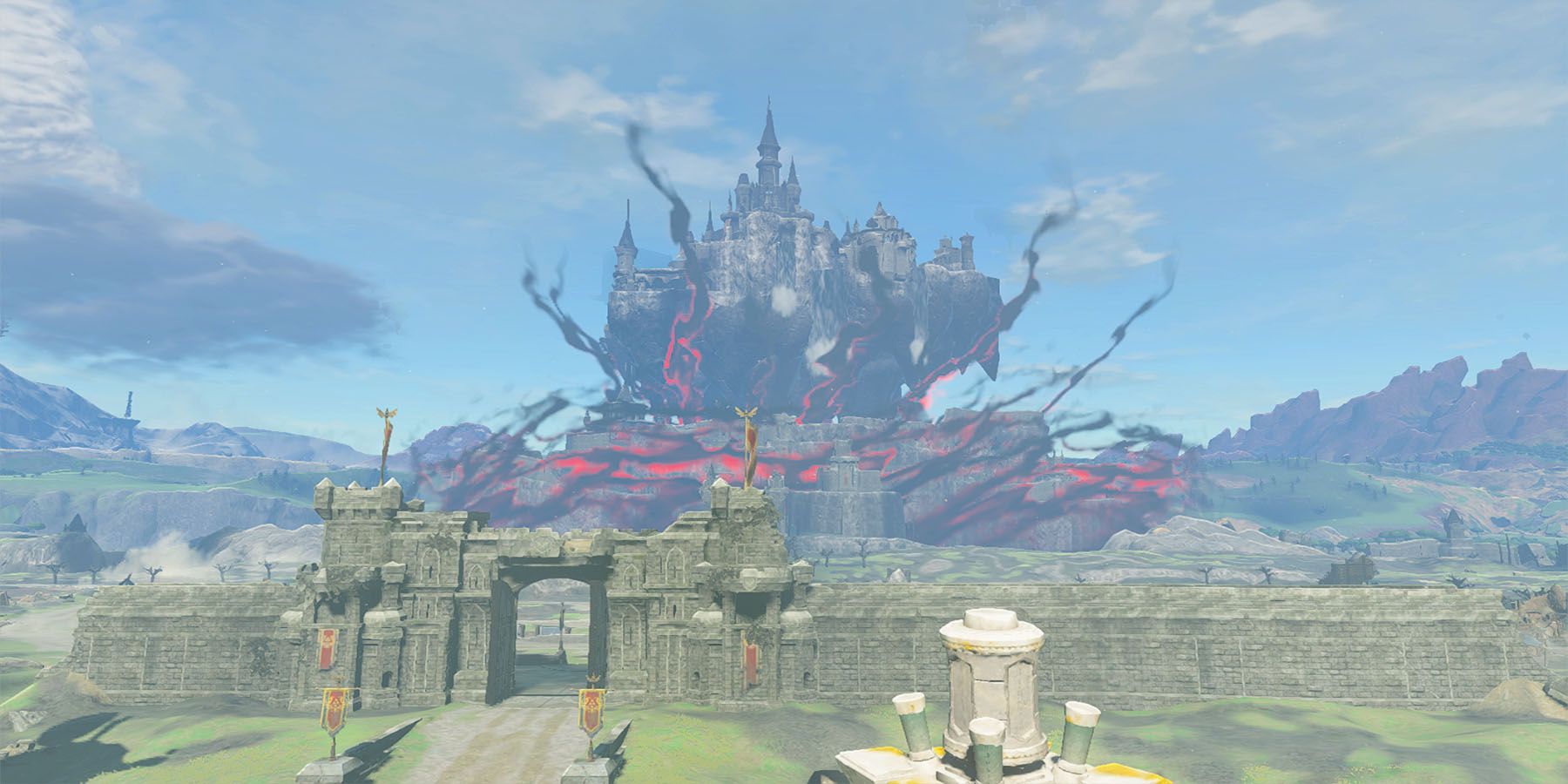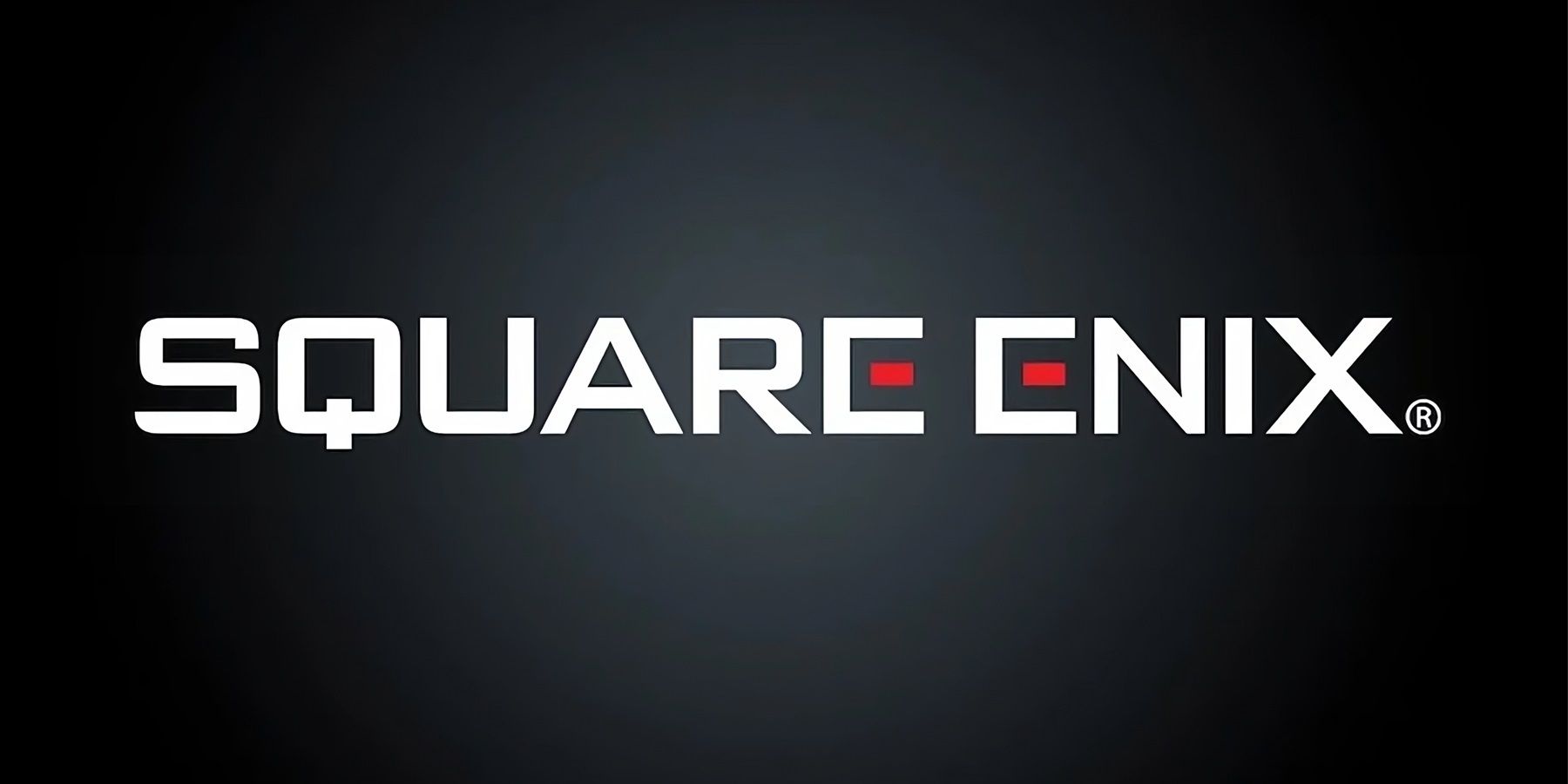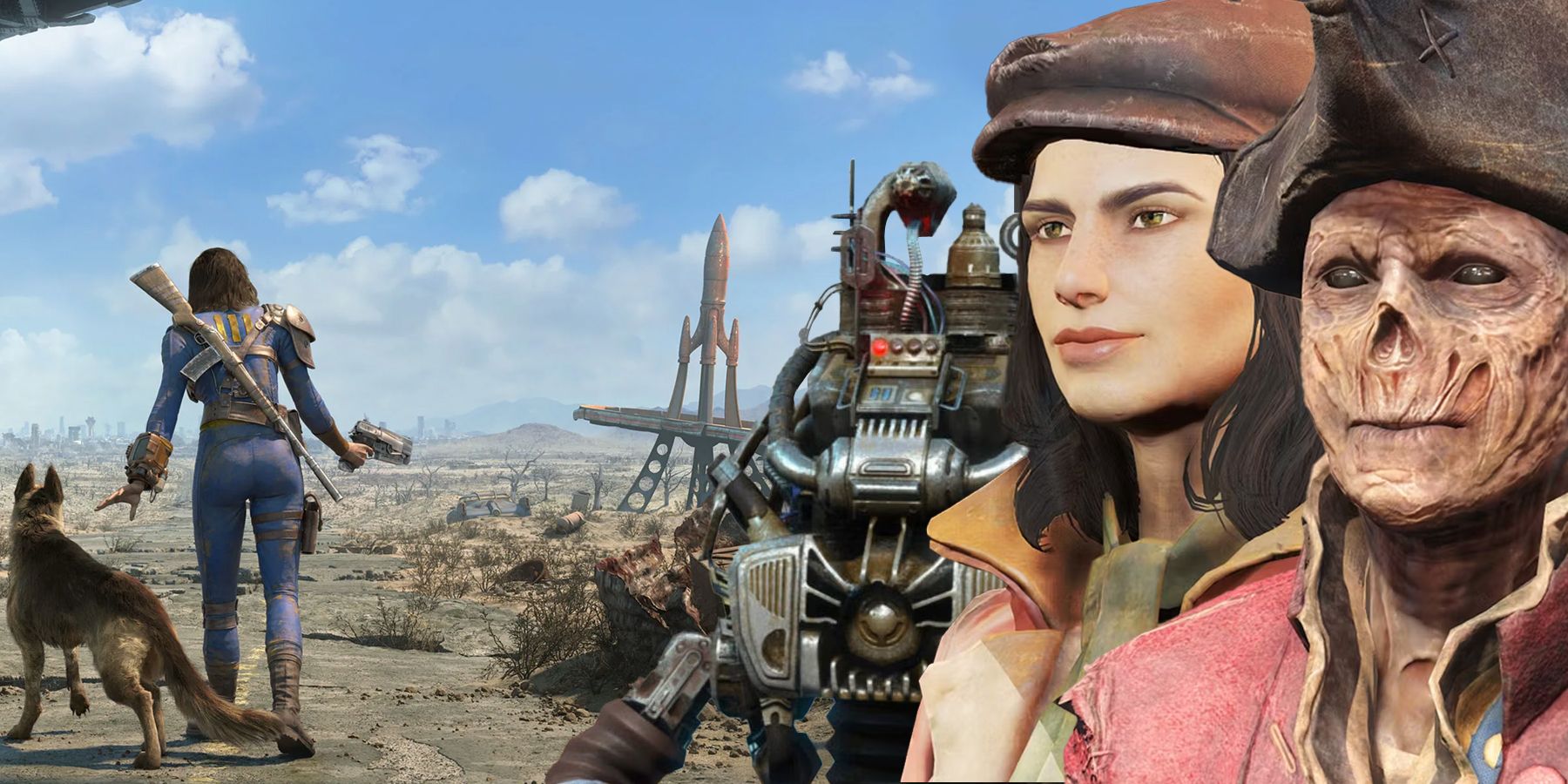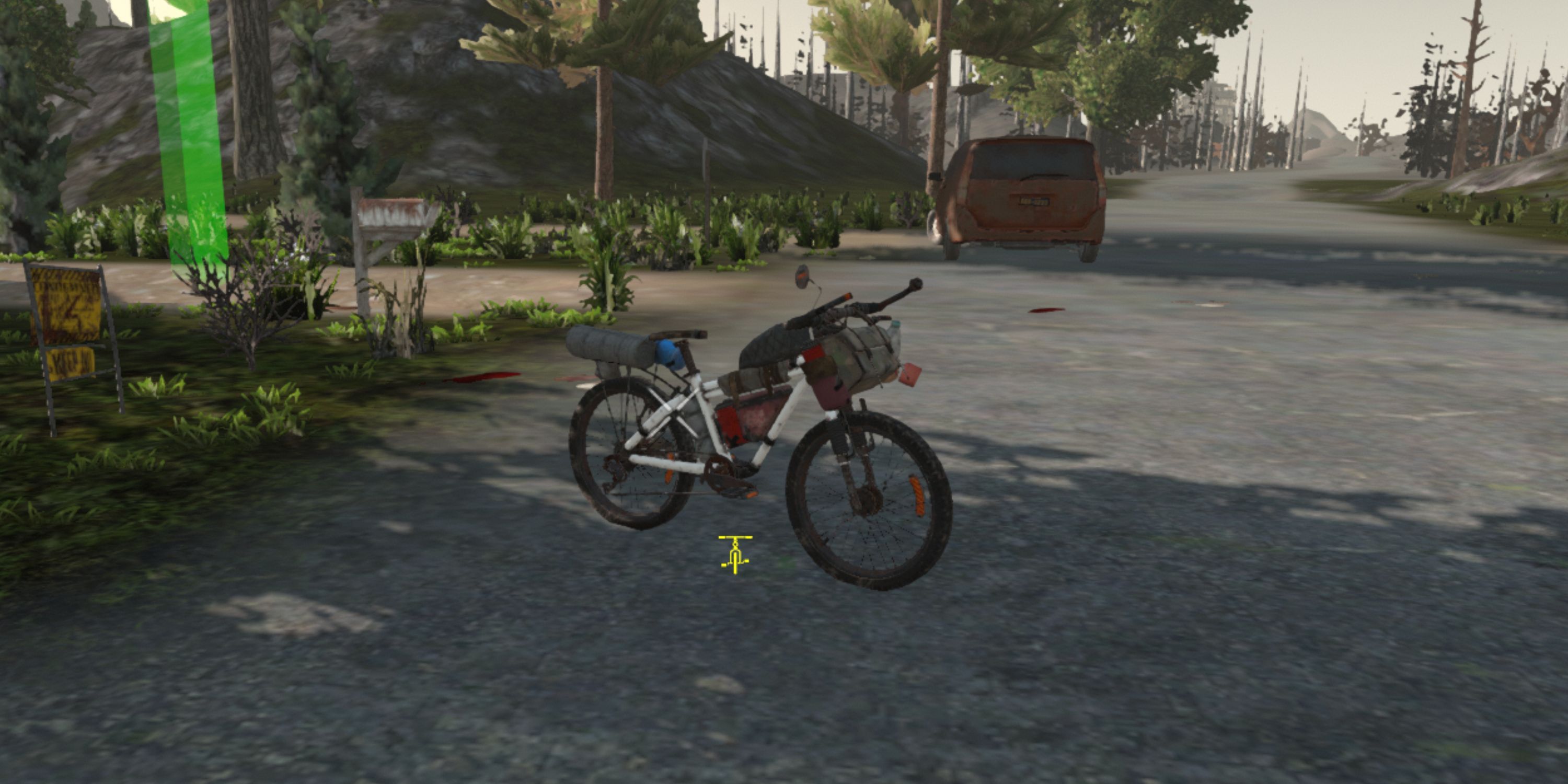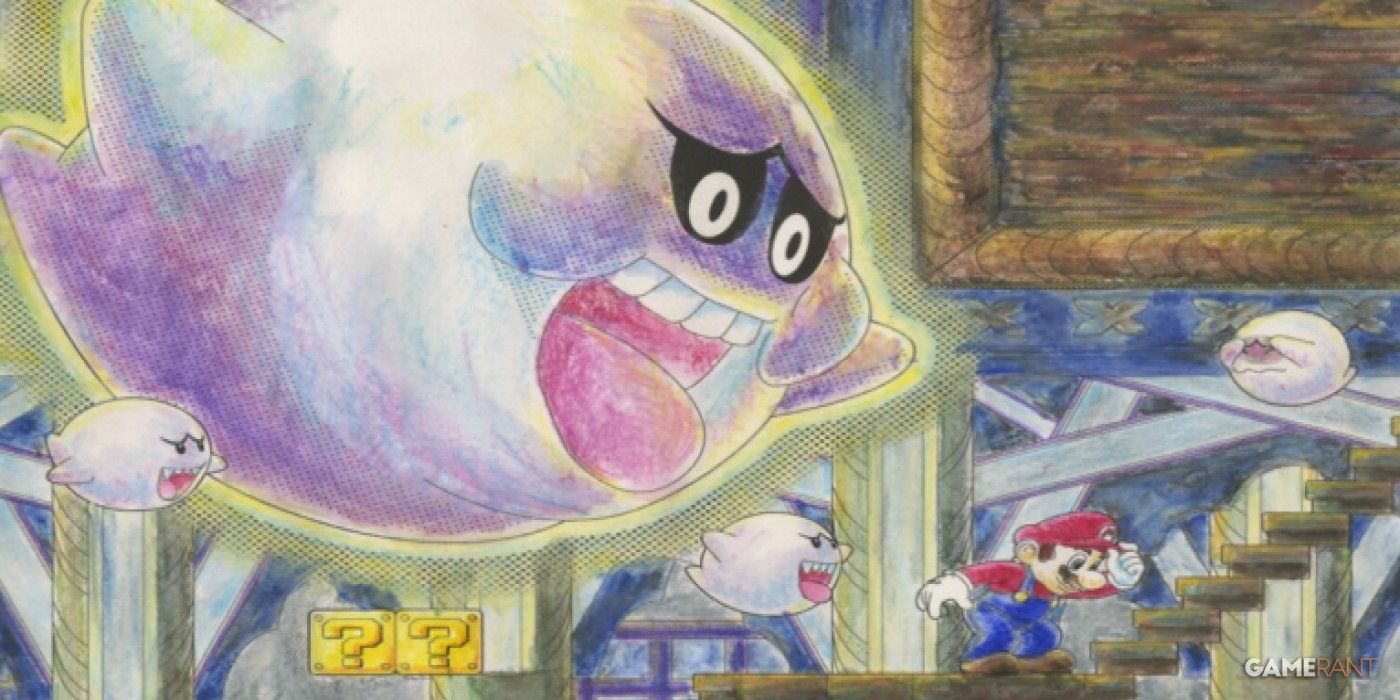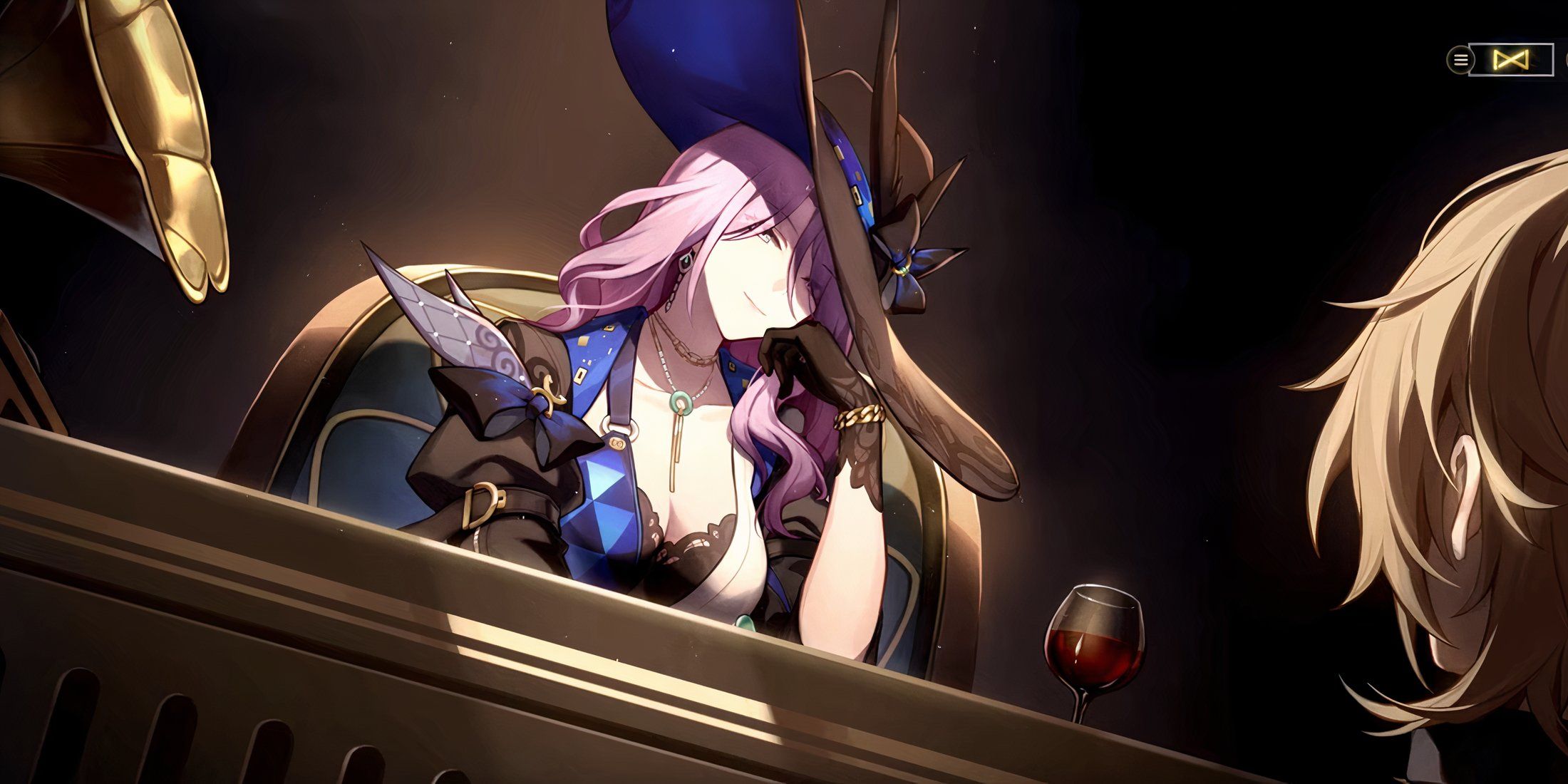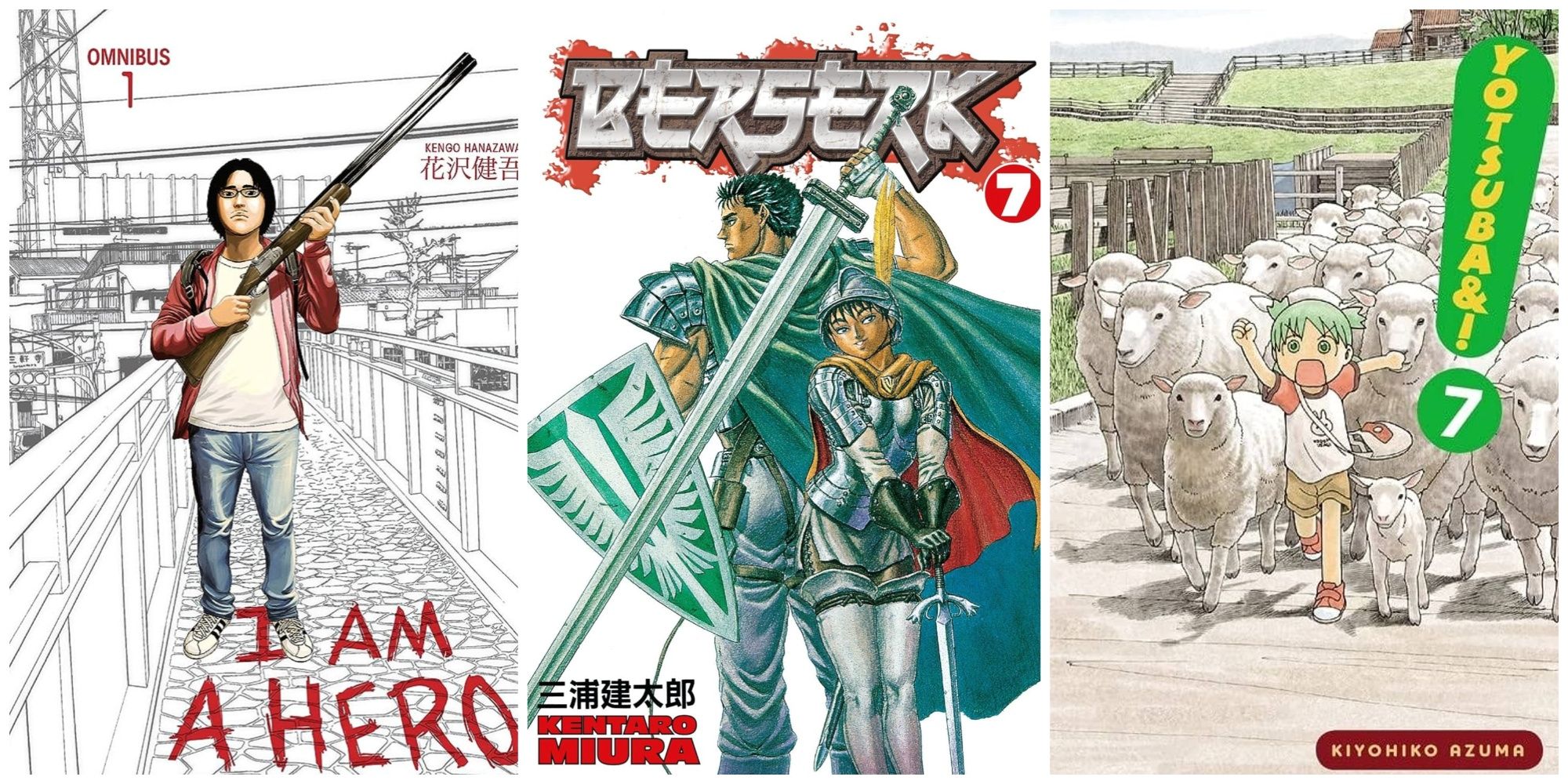The Legend of Zelda: Tears of the Kingdom brought a lot to the Zelda franchise, even if it was one of the series’ rare direct sequels. Exchanging the Sheikah Runes from Breath of the Wild for new Zonai arm powers resulted in much of Hyrule’s design being altered and expanded to accommodate them. Ultrahand and Fuse bring new uses to all kinds of objects, including Tears of the Kingdom‘s new Zonai device items, while Rewind and Ascend allow Link to reach places that seem inaccessible.
This all comes to a head when the player enters a Zonai Shrine or one of Tears of the Kingdom‘s new dungeons. The increased mechanical scope is on full display here, challenging players to find multiple solutions to any given problem. Bringing elements of classic Zelda dungeons back in addition to the Divine Beasts’ design from Breath of the Wild, Tears of the Kingdom has inspired a lot of discussion about whether its dungeons are a true return to form. Because of the open approach to puzzle-solving Tears of the Kingdom prefers, players can have drastically different experiences in the same dungeon, so they need to walk a fine line between that old-school intention and modern freedom.
S Tier
- Lightning Temple
- Spirit Temple
When it comes to Temples in Tears of the Kingdom, there’s not many that fit the word better than the Lightning Temple. Contained within a pyramid, this ancient place feels closest to a classic Zelda dungeon. Every path the player takes reveals traps, blocks, and reflective mirrors, with TotK‘s signature openness being expressed through simultaneous navigation and puzzle-solving. This isn’t a balance every Temple in Tears of the Kingdom gets right, so it deserves praise. Combined with the Temple’s boss also surprising players at its entrance, the only thing holding the Lightning Temple back is the tedium of keeping Riju close enough to use her Sage power.
Arguments about the Spirit Temple’s quality have raged since its discovery, especially since the Temple itself just houses the boss for the real dungeon, the Construct Factory. Set in a stretch of the Depths after players have cleared a preliminary challenge in the sky, the goal is assembling four limbs for Mineru’s robot body. Depending on players’ creativity along the way, doing so is going to feel repetitive, or like the best dungeon application of Ultrahand in the game. The Spirit Temple could be done better, but as an entirely new concept for a Zelda dungeon, it’s an impressive first effort.
A Tier
In terms of simple, solid dungeon design, the Wind Temple has no equal. Taking the form of a massive floating vessel surrounded by smaller ships, this dungeon cleverly melds ice and wind themes together. Sporting a low difficulty and highly useful Sage ally, it’s evident that this is meant to be one of the first dungeons encountered in Tears of the Kingdom. It should ease players in well, and the fight with Colgera at the end is an epic setpiece that ups the Wind Temple’s stakes when it counts most.
Discussions on the Fire Temple have gone back and forth almost as much as the Spirit Temple, given that the fully climbable underground walls and ranged nature of Yunobo’s Sage power means most of the dungeon can be skipped. This technically conforms to Tears of the Kingdom‘s strengths, even if it exposes a weakness that could have been solved with a few environmental alterations. Regardless, actually engaging with the minecart and lava flow puzzles found within makes this Temple a joy to explore, even as its size makes finding objectives a struggle. And even if its boss is also flawed, at least it’s nice to see a Gohma finally return to the Zelda series.
B Tier
- Water Temple
- Hyrule Castle Chasm
Compared to the other dungeons, the Water Temple is rather odd. This floating structure is set in the sky like the Wind Temple, but is totally open-air. It’s arranged, and plays out, like a group of sky islands huddled together, making navigation almost trivial. As a counterbalance, this dungeon’s puzzles are in full focus, even if their solutions are especially rigid compared to TotK’s standard fare. With Mucktoroc serving as a weak conclusion, this dungeon mainly beats out Zelda‘s past divisive Water Temples by not keeping players for long.
Once it’s time for Link’s quest to end, the player only needs to enter the Hyrule Castle Chasm to reach the final trial. A number of massive pits, powerful enemy encampments, and minibosses must be navigated through, though players are free to fight or run past whatever they want. This may be the most linear dungeon of the game, but still conforms to Tears of the Kingdom‘s strengths thanks to resourcefulness being the greatest tool for conquering it. Demon King Ganondorf’s status as Tears of the Kingdom‘s best boss is what keeps this dungeon afloat, as it otherwise doesn’t have anything remarkable to offer like Breath of the Wild‘s Hyrule Castle did.
C Tier
Speaking of which, Tears of the Kingdom‘s Hyrule Castle seems like it could be one of the best dungeons in the game. The enormous castle map is intact from Breath of the Wild, and TotK‘s reduced Malice and Guardian presence means new routes have opened up. Players can have a great time going off on their own quest to find the Hylian Shield, and even a new Champion’s Tunic. However, “their own quest” is the operative term here, as this Hyrule Castle’s brief time as a story dungeon is a total letdown. Seeing the crown jewel of Breath of the Wild’s dungeons reduced to a linear monster gauntlet is heartbreaking, and it’s only Tears of the Kingdom’s promise of a chaotic Phantom Ganon fight at the end that makes the journey worth it.
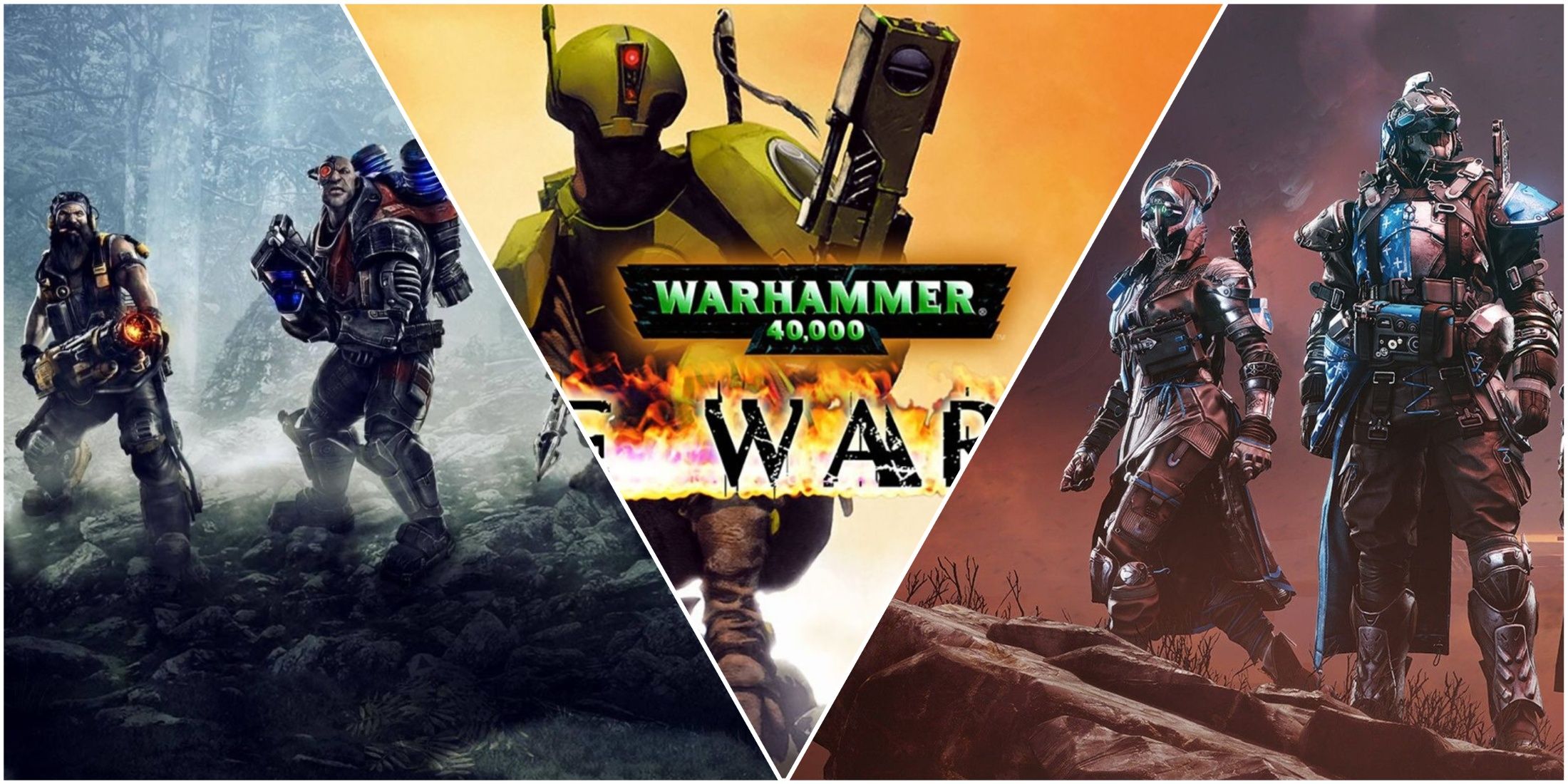
/cdn.vox-cdn.com/uploads/chorus_asset/file/25733830/videoframe_19120.png)
